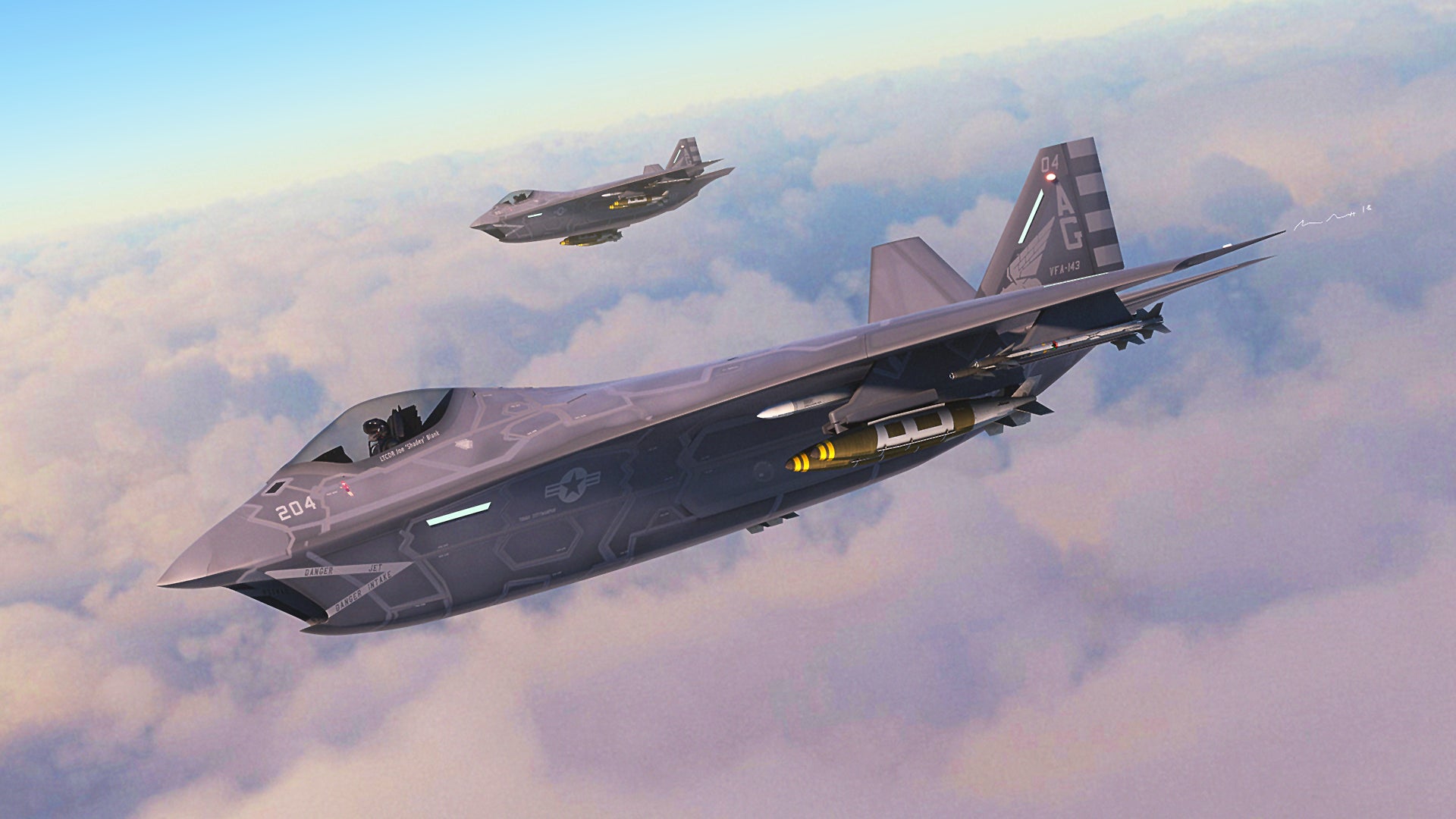In 2001, Boeing’s X-32 stood off against Lockheed’s X-35 in a fly-off for the massively lucrative Joint Strike Fighter contract. Making a stealth fighter capable of carrying a significant payload while also having a version that can take off in short distances and land vertically was quite the task, and both companies went about solving the problem very differently. In the end, the X-32 lost to the X-35 for a number of reasons that we will get into in a future post, but many who were taken aback by the X-32’s ‘unique’ looks didn’t realize that Boeing had already planned a number of very significant design changes for their production F-32. Now, thanks to our friend Adam Burch over at Hangar-b.com we can take another look at what this aircraft would have become.
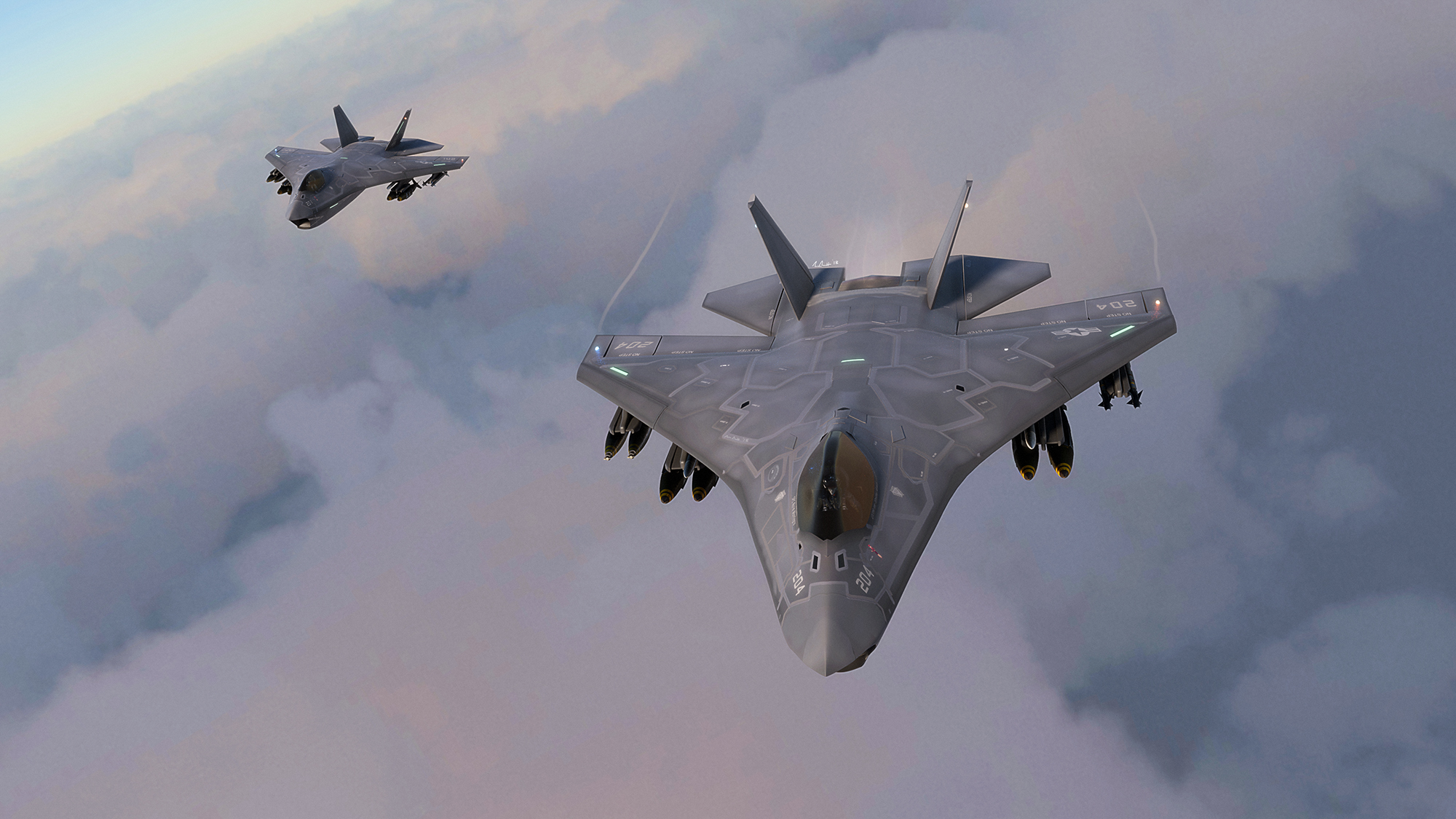
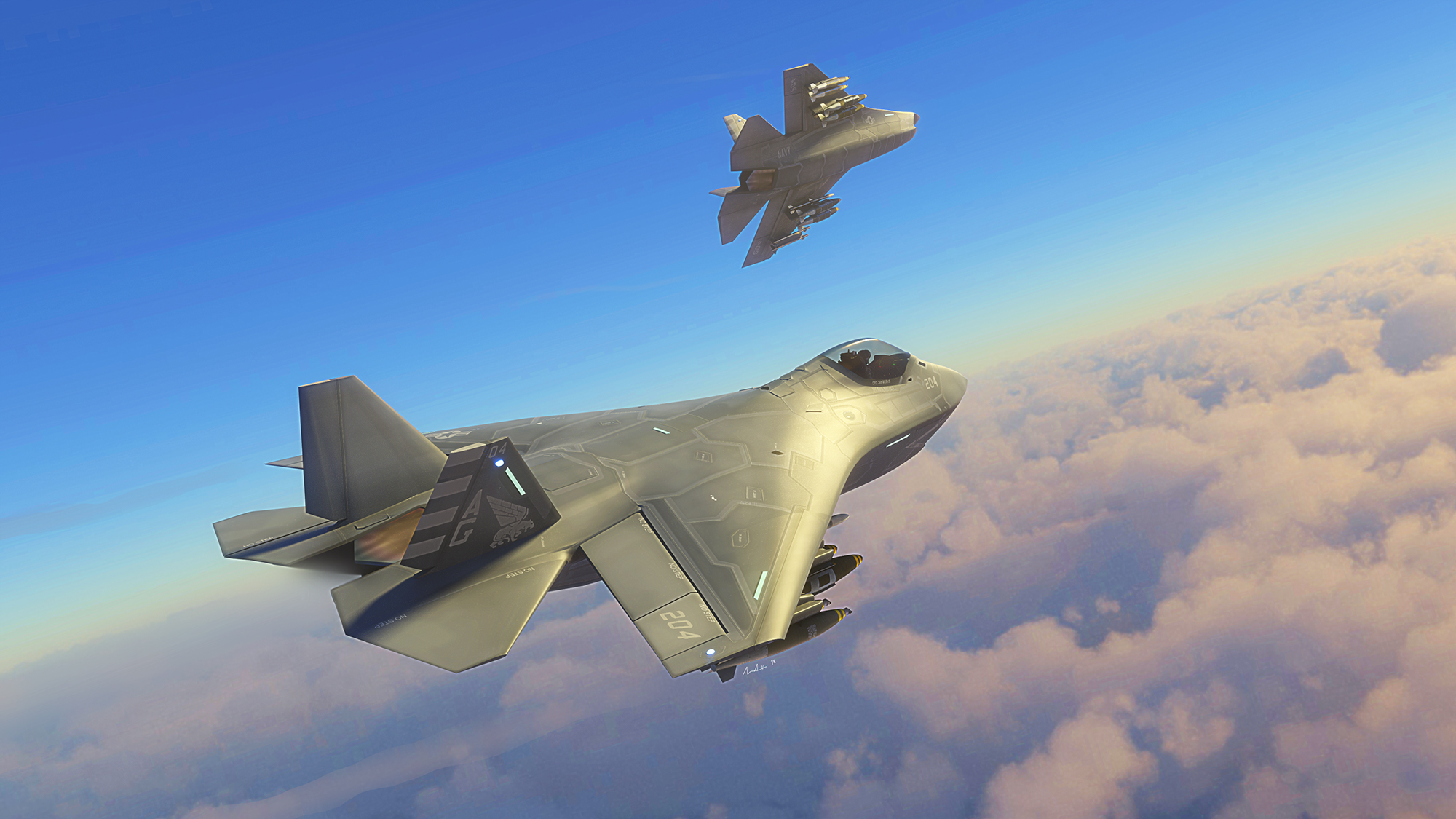
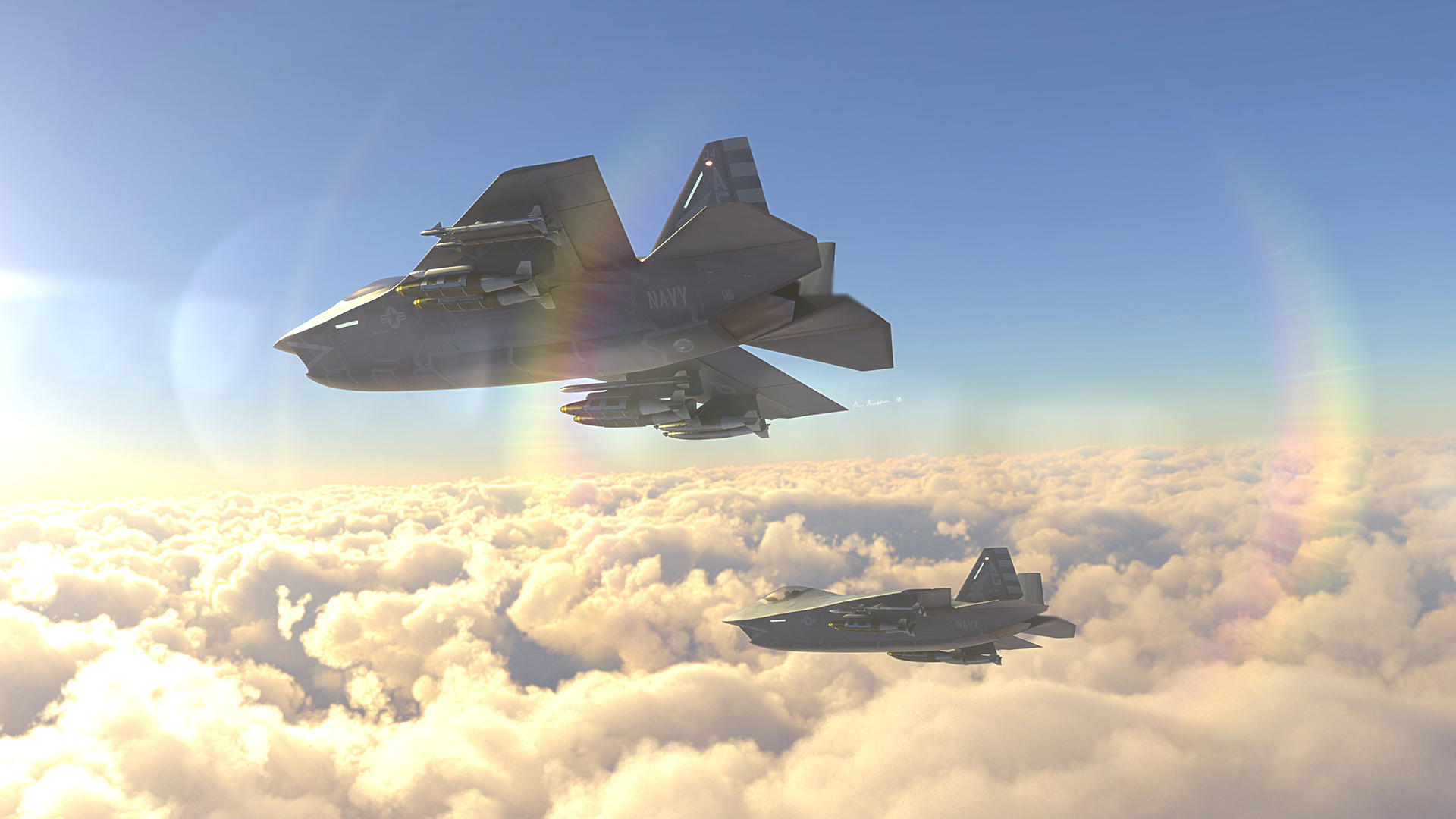
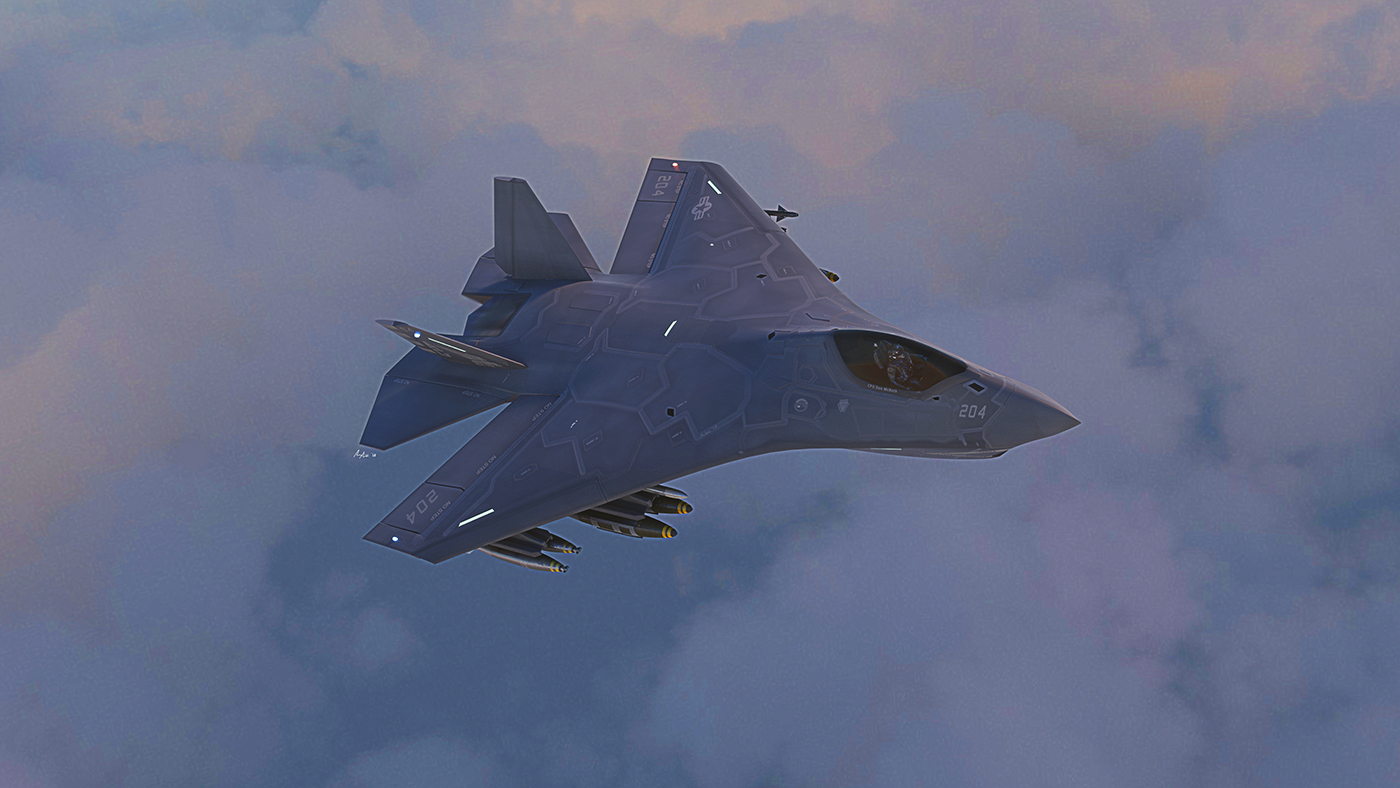

Partially as a result of the Navy pushing for performance changes late in the game—too late to integrate those changes on their X-plane demonstrators—Boeing’s design refinements included an entirely new wing concept. Gone was the big modified delta wing and in its place was a more traditional fighter wing configuration that also included separate, fully articulated ‘tailerons.’
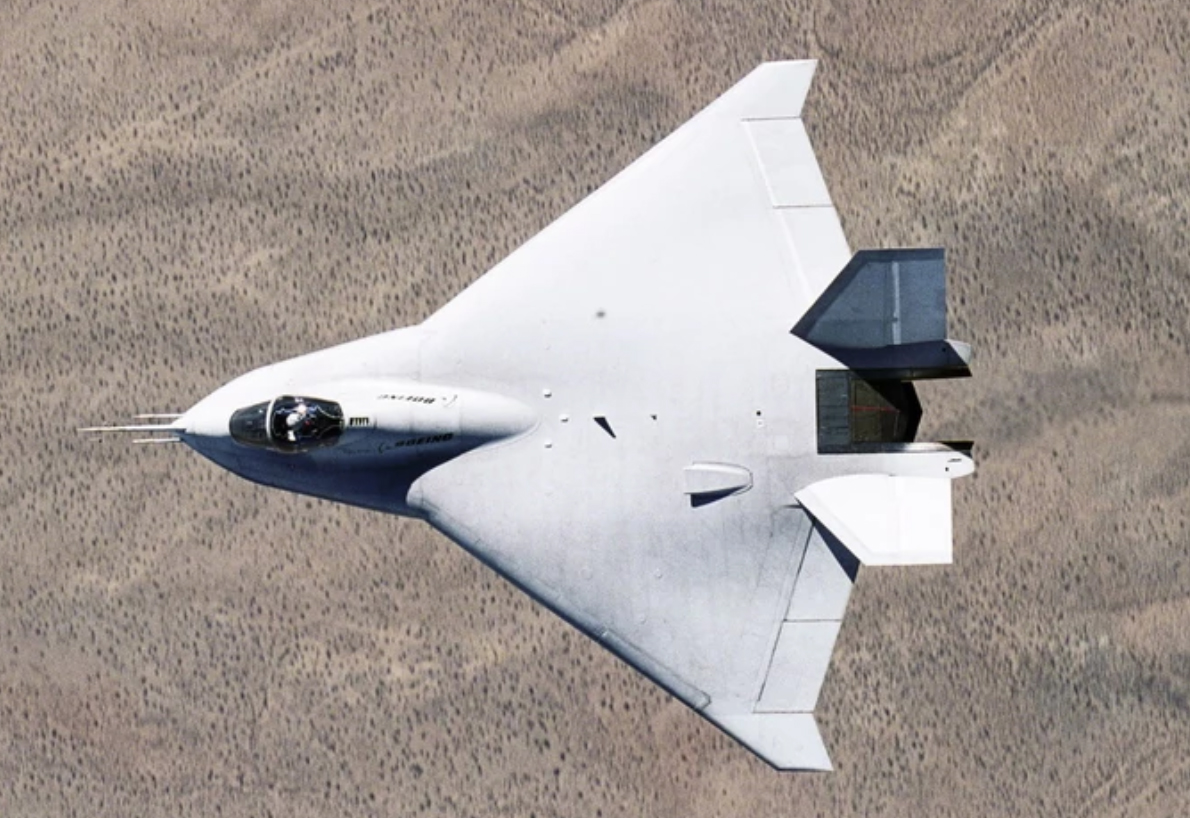
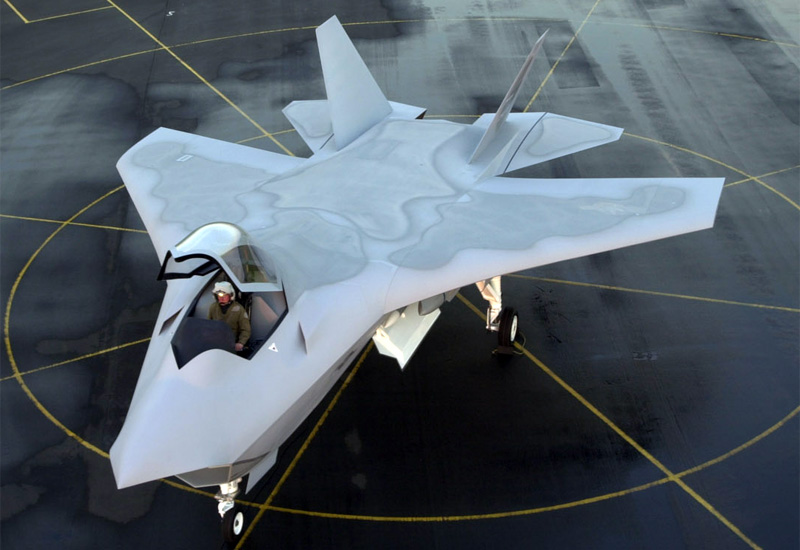
The aircraft’s nose was also remolded as well to accommodate a radar and its notorious inlet design would become a bit less ‘gaping’ and included a more refined forward-swept ‘underbite.’ The cockpit canopy also changed, losing the bow and going to an unobstructed bubble configuration. There were many other smaller changes made to the jet’s original mold-line as well.
Overall the F-32A was a less exotic and more attractive design that retained a lot of internal volume for fuel and weapons. Its remodeled wing retained much of the wide chord and camber of its delta-wing predecessor. The aircraft’s inlet design was still an issue but with the alterations, less of the engine face would have been visible to radar from front hemisphere aspects and the design always intended to incorporate a variable geometry baffle on the engine face to greatly reduce the aircraft’s critical head-on radar cross-section.
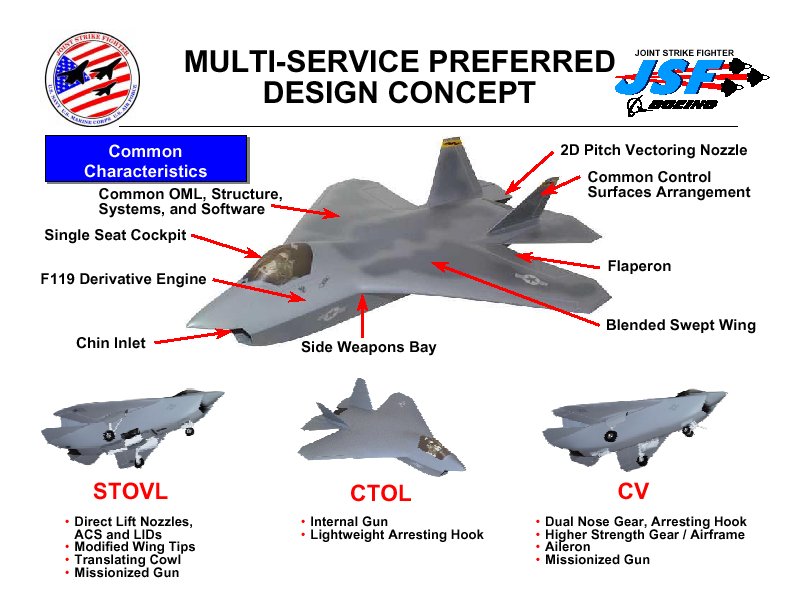
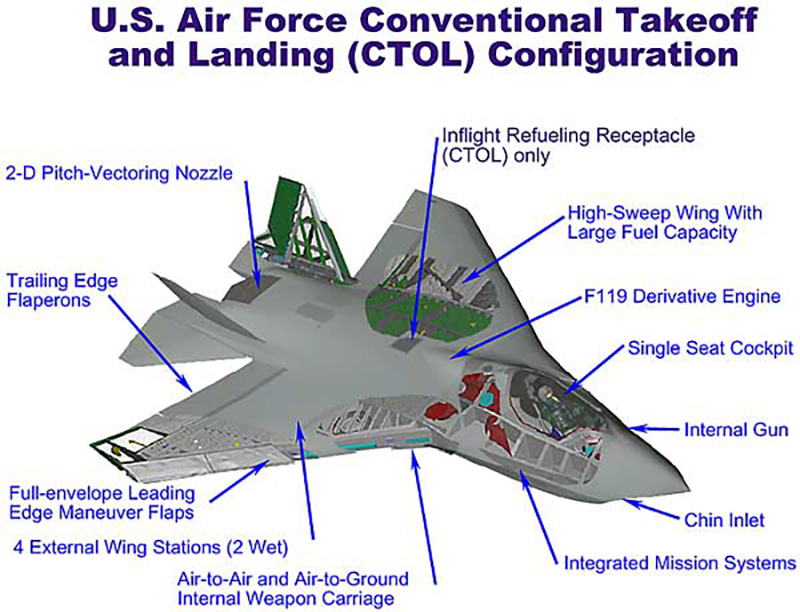
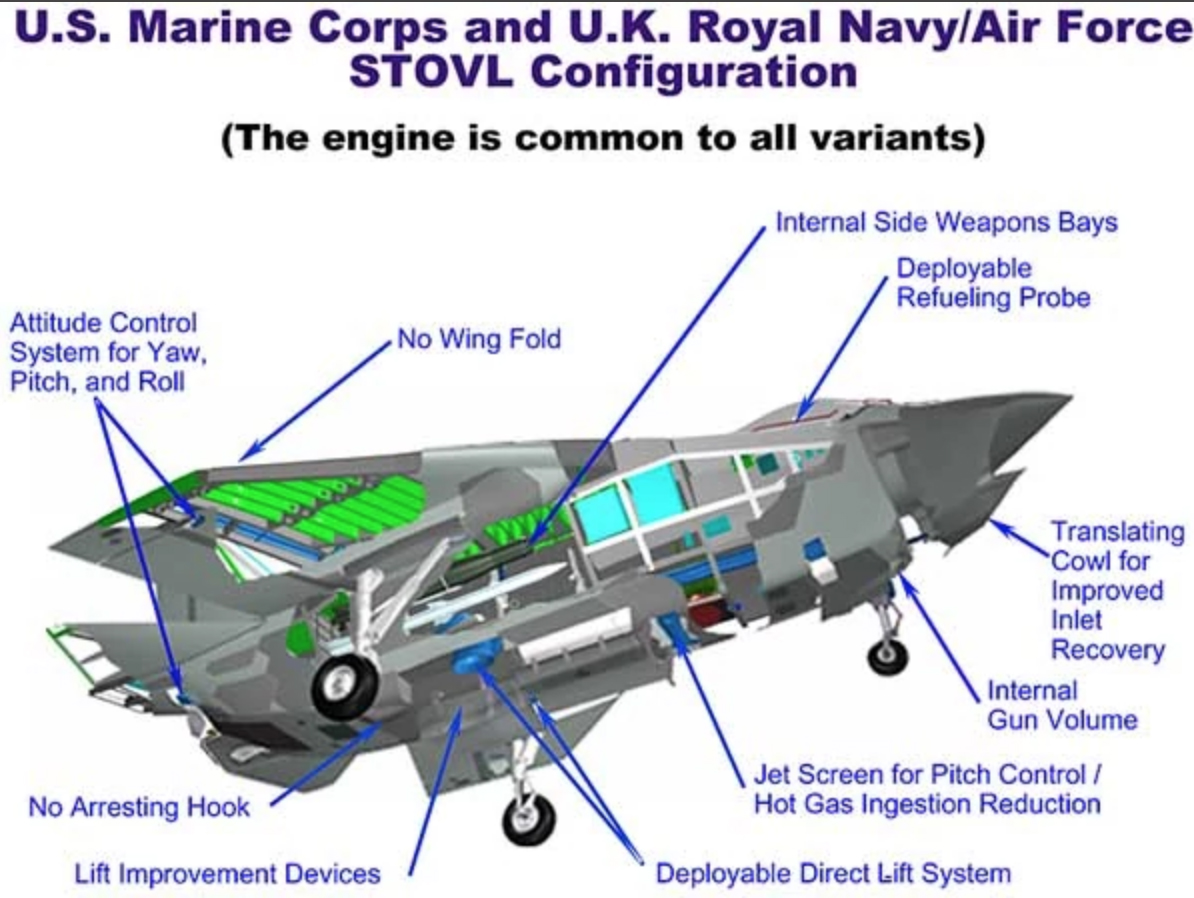
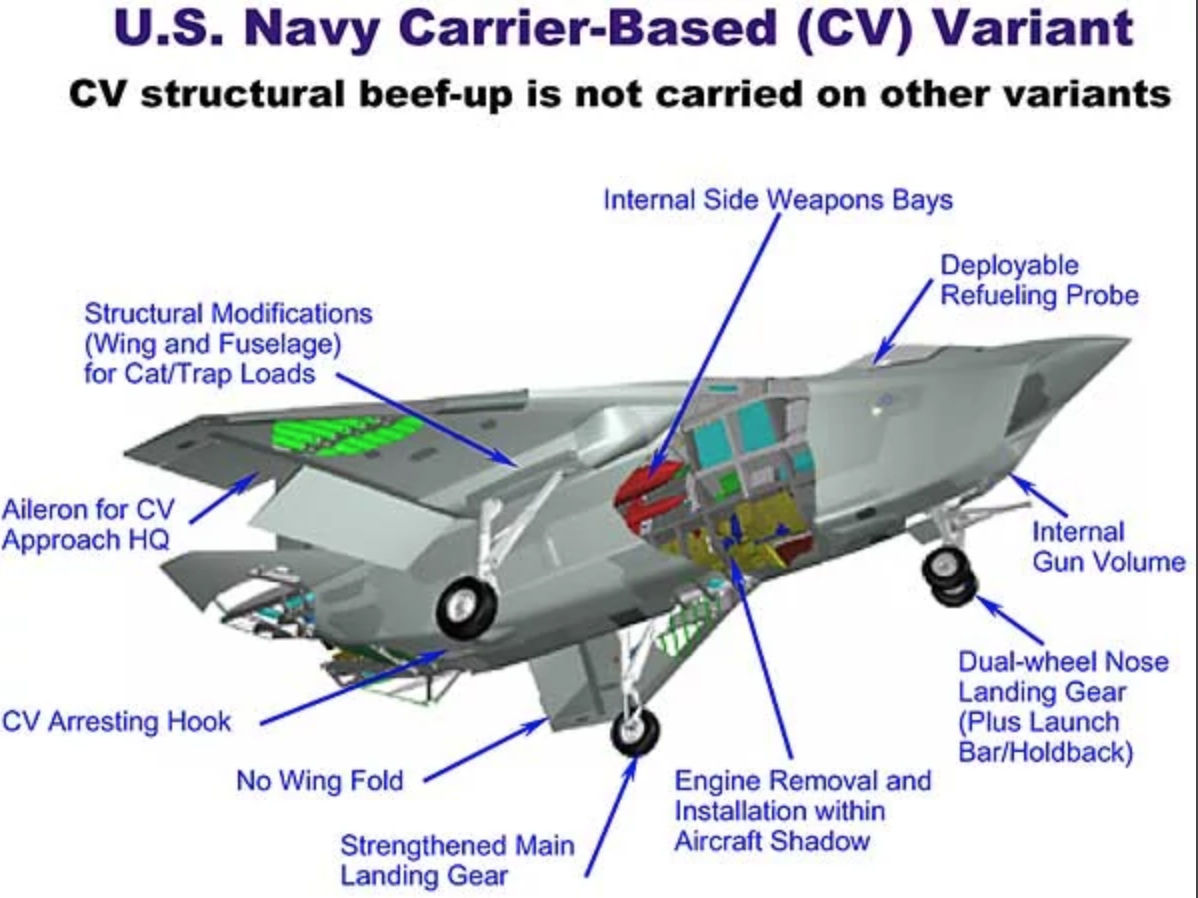
So even though it still might have deserved to lose to the X-35, the F-32 concept is largely misunderstood because the X-32 demonstrators really didn’t represent the baseline design configuration. At least aesthetically, the F-32 was miles ahead of its proof of concept progenitors, and that probably would have helped its bid to become the largest military aircraft program ever.


A huge thanks again to Adam Burch for these awesome renderings. Make sure to check out his other killer art at Hangar-B.com. The man literally paints space stations and rockets for a living, how cool is that!?
Contact the author: Tyler@thedrive.com
